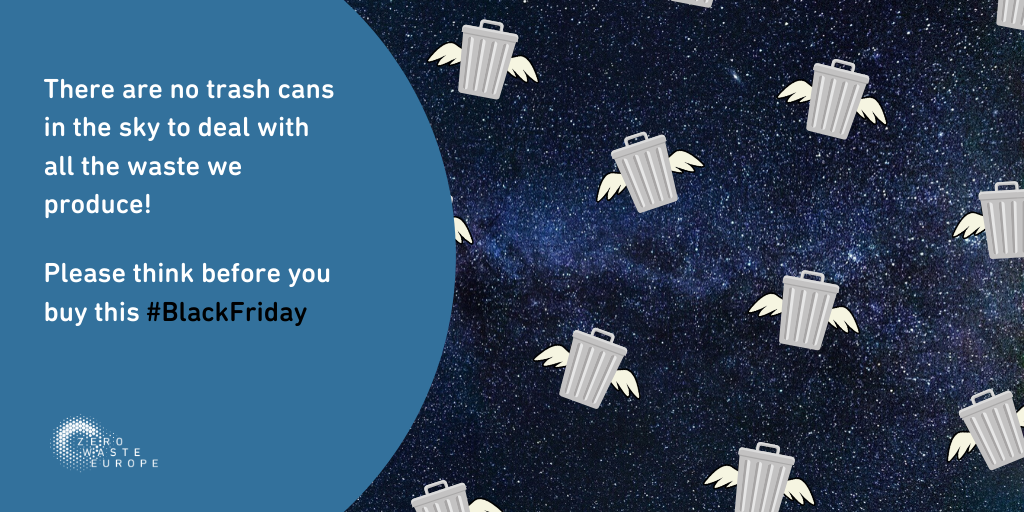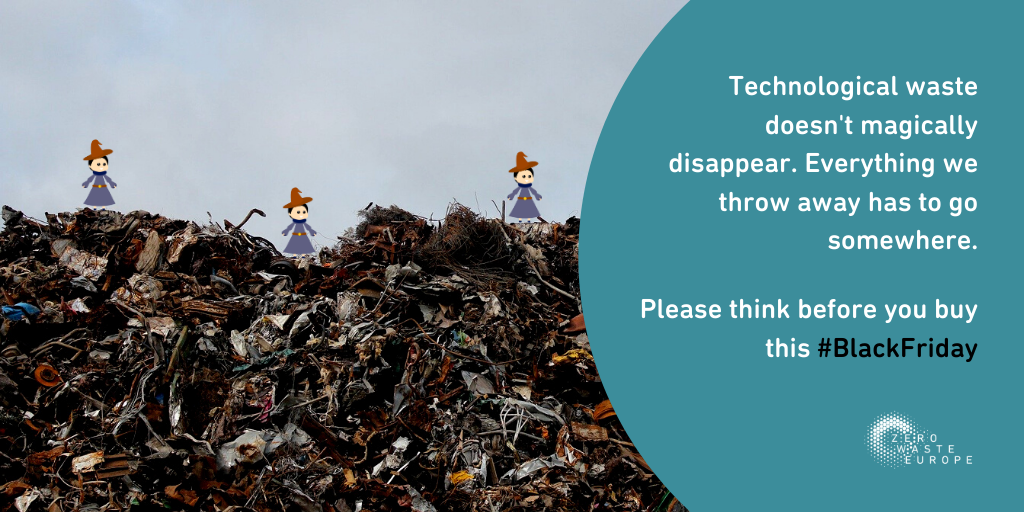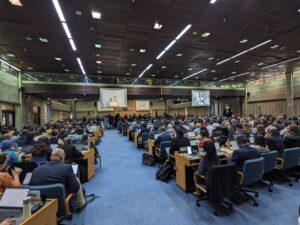Black Friday: consumption for consumption’s sake?

Black Friday is an American export of epidemic proportions. The post-Thanksgiving, “shop-till-you-drop” weekend culminating in Cyber Monday first made its European debut in the UK in 2010 and has since spread throughout the European continent. US statistics from 2018 are astonishing: on Black Friday, highstreet sales amounted to $6.02 billion whereas a whopping $7.9 billion was spent on Cyber Monday, $2 billion of which was spent on mobile phones alone! Cyber Monday 2018 topped the charts as the biggest online shopping day in US history.
However, it wasn’t just Americans who went wild after turkey day 2018… according to a Clearhouse study which analyzed 8000 online shops in 33 European countries, transactions were 361% percent higher on Black Friday than 2018’s daily average! Spain, Sweden and the United Kingdom, in particular, spent more on fashion and luxury items than on any given day of the year (in Spain, a 401% change was observed).
While it can be tempting to partake in the craze, it is important to bear in mind the consumption that Black Friday encourages – and the waste that is often created from indulging in impulse buys – these activities will take a toll on our planet.
Generally speaking, clothing, shoes and accessories, as well as books, toys and electronics are particularly targeted by bargain hunters during the (almost two) week-long shopping extravaganza. It is these products which often contain, consist of, or are packaged in non-recyclable plastic and could end up incinerated, in landfills or in oceans, polluting our air, soil and water respectively.
The intentionally limited product lifespan of the electronics we consume cause them to eventually become electronic waste, also known as e-waste. The U.N.’s Global E-Waste Monitor 2017 states that only about 20% of e-waste is properly recycled, the rest end up in landfills, often in developing countries, potentially leaking toxic chemicals which endanger the lives of those exposed to our waste.  The mass production and transportation of bargain-priced clothing requires the use of valuable resources and contributes to carbon pollution while synthetic materials often contain microplastics which are released into oceans and rivers when washed, posing a threat to marine life – and ultimately to ourselves. A report by the European Parliament highlights these issues, as well as addressing the fact that although the amount of clothes bought per person in the EU increased by 40% between 1996 and 2012, more than 30% of the clothes were not worn within a year. When these clothes are ultimately discarded, more than half of them aren’t recycled but end up in landfills or are incinerated.
The mass production and transportation of bargain-priced clothing requires the use of valuable resources and contributes to carbon pollution while synthetic materials often contain microplastics which are released into oceans and rivers when washed, posing a threat to marine life – and ultimately to ourselves. A report by the European Parliament highlights these issues, as well as addressing the fact that although the amount of clothes bought per person in the EU increased by 40% between 1996 and 2012, more than 30% of the clothes were not worn within a year. When these clothes are ultimately discarded, more than half of them aren’t recycled but end up in landfills or are incinerated.
Not only should we consider what is being offered during this marketing-fueled weekend, but how it will be delivered to you.
Online shopping with the option of an express delivery, though convenient and comfortable, means that more diesel-using trucks will be on the roads to make sure each delivery arrives on time. Orders can no longer be consolidated and delivered at once, increasing carbon pollution.
What’s clear from last year’s Black Friday analysis and the environmental realities of this shopping spree holiday is that consumption for consumption’s sake should be avoided at all costs. If we truly want to change our consumer habits to buy things that last, and hold real value, then we need to think twice before hitting the discount stores, simply for the sake of it, this Black Friday.


